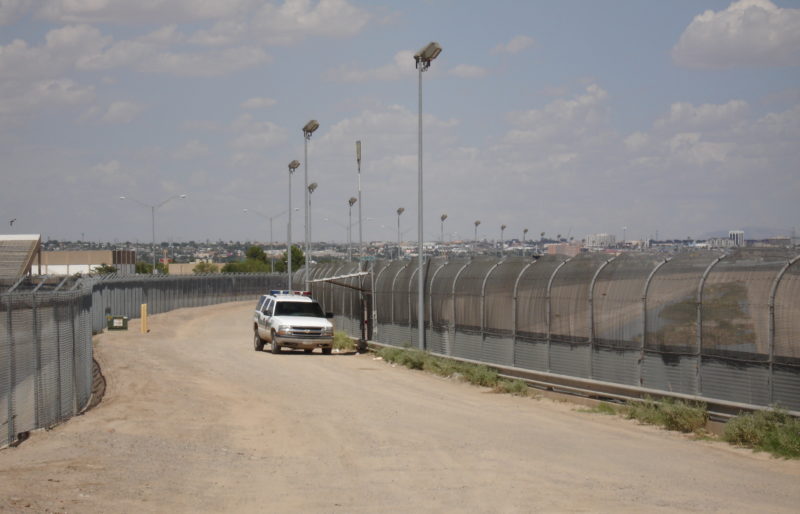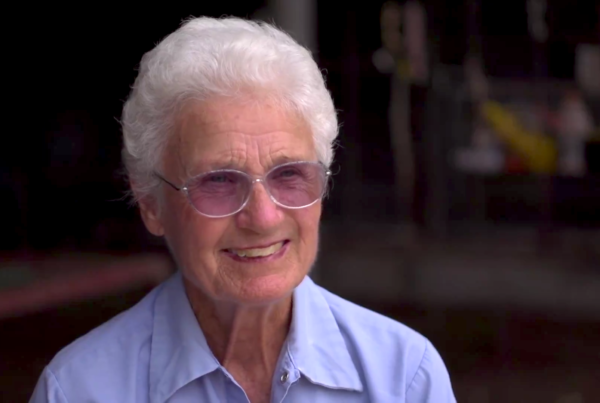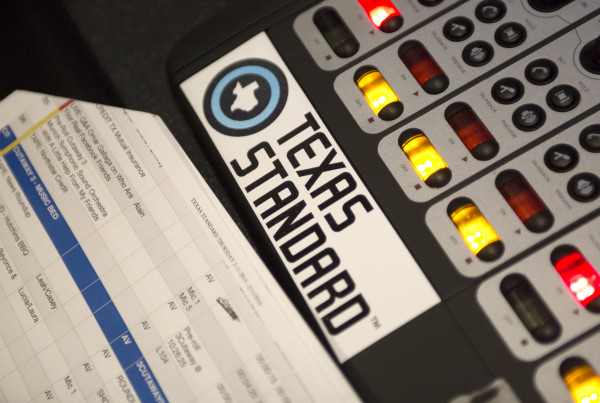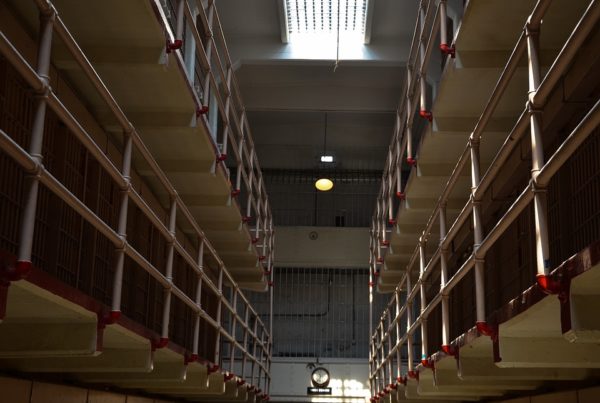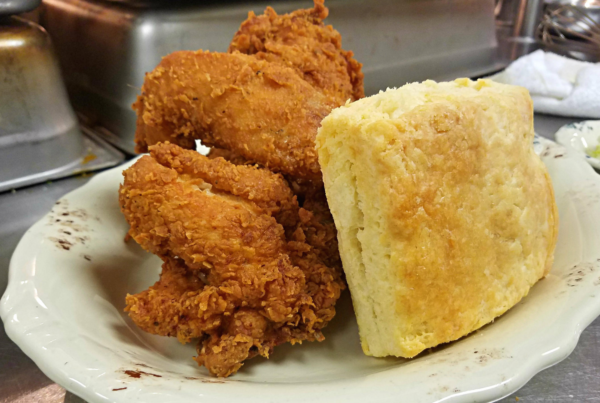With compounding reports of Donald Trump’s alleged sexual abuse of women, it’s easy to forget his earlier outrageous claims. Case in point – the border wall.
The San Antonio Express-News spent the last month exploring just how real a border wall could be and reporter Jason Buch, who worked on the project, says wall rhetoric doesn’t often match reality.
“The thing that this really drove home to me was how diverse the border is,” Buch says. “The Texas border is more than 1,000 feet long. Topographically it changes, culturally it changes, and that presents a lot of difficulties for border security and for building a massive physical barrier like the one that’s being proposed.”
Of the 2,000-mile border between the U.S. and Mexico, 652 miles of fencing is already up – with 115 miles of it up in Texas. The team of reporters spoke to many people living and working along the wall. Buch says day-to-day life near the existing fences and walls have mixed reviews about its impact. Some said it takes only a few minutes to scale the wall, yet others said they haven’t seen anyone come across since the time they’ve lived near the wall.
Buch says people who live along the border are strongly Democratic. Laredo is home to a quarter-million people – 25,000 voted in the Democrat primary, more than six times the number of people who voted in the Republican primary. About half of those Democratic primary voters cast a ballot for Hillary Clinton.
Trump supporters who the team spoke with often said they were in favor of stronger border security, but didn’t think building a wall would be the way to go. While a wall would work in some areas, Buch says in more remote areas, it would be very hard to accomplish such a large project.
Either way, putting up more of a wall would have an impact, as has the miles of fencing already built. But the wall has also become integrated into border life.
“People have really sort of settled in,” Buch says. “It’s become a part of everyday life for a lot of people and there’s not that very strong opposition to it as it exists now than there was several years ago.”
Post by Beth Cortez-Neavel.


